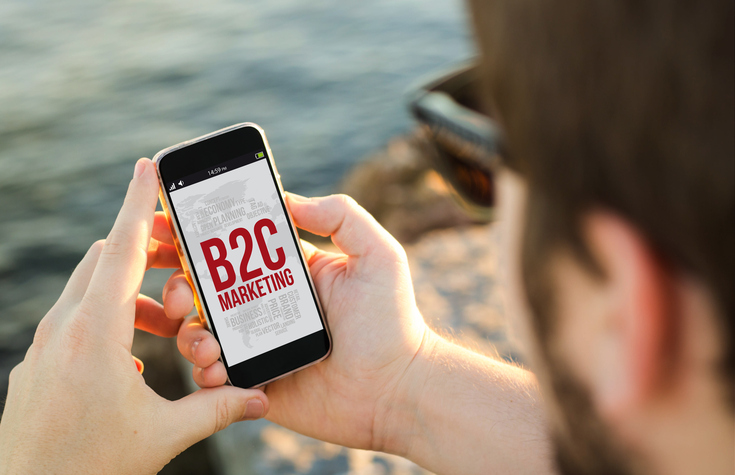800-454-9103
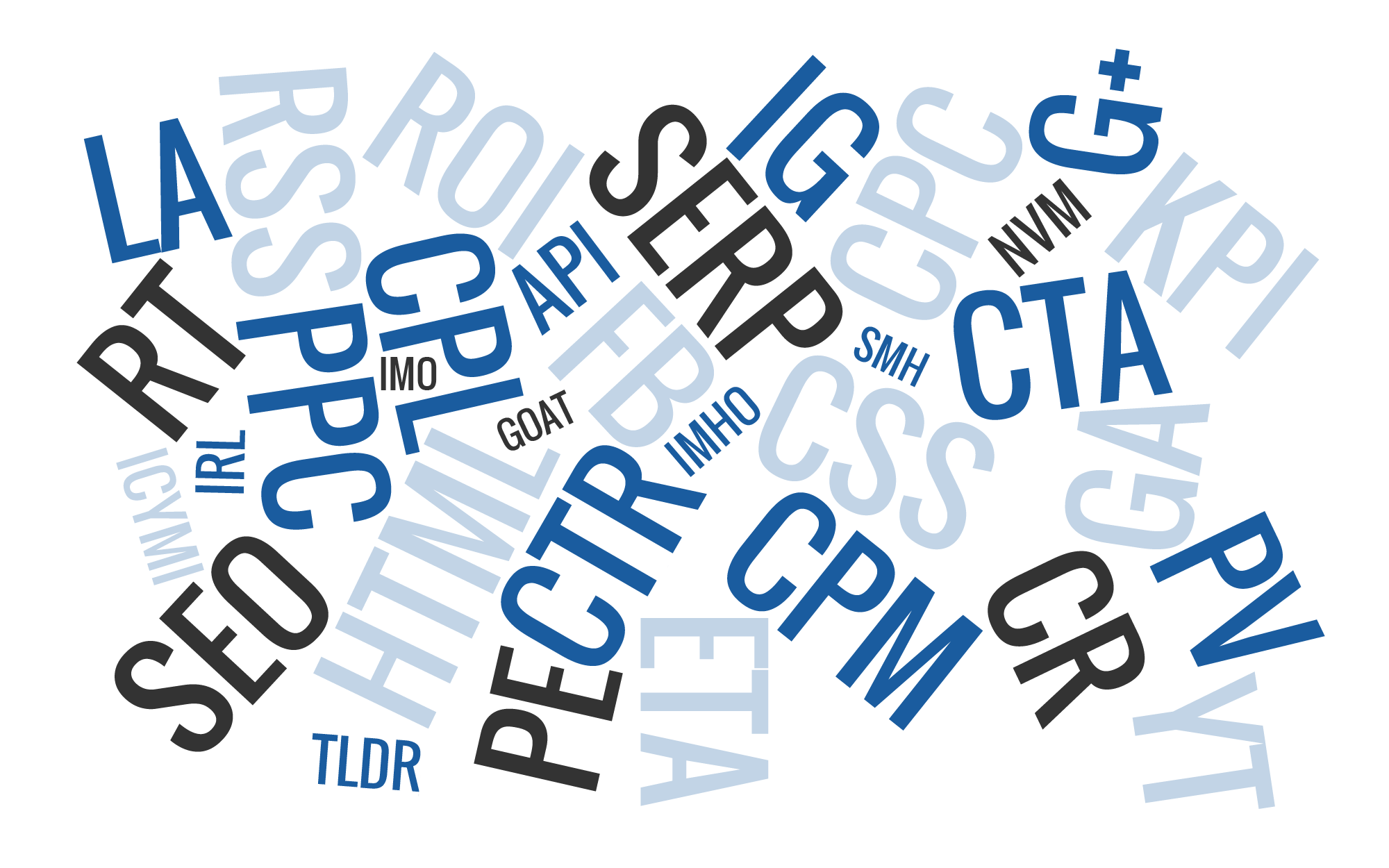
45 Digital Marketing Acronyms Defined
ICYMI, sharing UGC on FB is great for boosting CTR and PV!
Wait, WHAT?!
SMH, NVM.
No, this isn’t a millennial fad. This weird lingo is very real in the digital marketing world. So to spare you from one too many Google or Urban Dictionary searches – which can lead to some NSFW definitions – here’s our roundup of 45 frequently used digital marketing acronyms, and their meanings.
Digital Marketing Acronyms:
- API – Application Programming Interface: A slightly complicated concept, but at its base, it’s a way for programmers to communicate with a certain application. For example, in order for our social media team to schedule posts and pull reports, our social media management tool uses the APIs of Facebook, Twitter, LinkedIn, etc. to post and receive data.
- B2B – Business to Business: Companies that focus on selling products or goods to other companies. For example, brands like Microsoft and HP.
- B2C – Business to Consumer: Companies that focus on selling directly to consumers. For example, a retail store.
- CPC – Cost Per Click: The amount of money spent for each click your ad receives. For example, in a PPC campaign (more on that below).
- CPL – Cost Per Lead: The amount spent on an ad divided by the number of leads you receive. For example, “Sign Up,” “Register Now,””Get a Free Quote,” etc. Having a user input contact information for the business to seal the deal.
- CPM – Cost Per Thousand: Tricky, but the “M” stands for Mille (or thousand). Here, the advertiser is charged for every 1,000 impressions of an ad. CPM is not a unique view!
- CR – Conversion Rate: The percentage of visitors who take a desired action, like filling out a form on a webpage.
- CSS – Cascading Stylesheet: A coding language that gives a website its look — from fonts to colors and all other visual elements.
- CTA – Call to Action: A written instruction prompting users to take a next step. For example, “Watch Video,” “Click Here for More Information,” “Buy Now,” etc.
- CTR – Click Through Rate: This is the number of clicks your ad (or CTA) receives divided by the number of people saw it. Using email marketing for an example, the number of people who clicked a link in your email divided by the number of contacts who received the email.
- ETA – Expanded Text Ads: Google’s new and improved ad format, allowing two headlines and an expanded description field (up to 80 characters), taking up more real estate on SERPS.
- GA – Google Analytics: A tool provided by Google to help track and report on website traffic.
- HTML – Hypertext Markup Language: The coding language used to create the structure of your website. This includes <title>, <head> and <body> tags.
- KPI – Key Performance Indicator: A metric used to determine success based on specific goals and benchmarks for your business. For example, if your goal is to receive more phone calls, the number of calls coming from your PPC campaign would be a great KPI.
- PPC – Pay Per Click: Also known as cost per click (CPC) or search engine marketing (SEM) advertisers pay based on the number of times their ad is clicked. Google AdWords and Bing Ads are common types of PPC advertising.
- PV – Pageview: The number of times a web page is viewed by users. A Unique Pageview is how many unique visitors viewed the page. For example, Genna viewed your page four times while Jackie only visited your page once. PV total would be five however unique pageviews would be two.
- ROI – Return On Investment: The amount of profit made (or lost) on an investment compared to the money invested. Many areas of digital marketing, like PPC, can show straightforward ROI calculations, while others, like social media, can be a bit more difficult.
- RSS – Rich Site Summary/Really Simple Syndication: A feed of all content shared by a specific source — like a blog!
- SEM – Search Engine Marketing: The process of gaining website traffic through purchasing ads (like PPC) on search engines. These ads display above the organic results in a search.
- SEO – Search Engine Optimization: The process of trying to increase website visits and conversions though the optimization of relevant service keywords. These techniques help improve organic rankings on search engines.
- SERP – Search Engine Results Page: The list of results returned by a search engine, including both organic and paid results.
- SMB – Small to Medium Businesses: Self explanatory! A business with 100 or fewer employees is typically considered a small-sized business whereas one with fewer than 1,000 is considered a medium-sized business.
- UGC – User Generated Content: Refers to any and all media (photos, videos, comments, blogs, etc.) created by a site’s users. For example, a review or testimonial is a piece of UGC.
- URL – Uniform Resource Locator: Or simply, the web address. The URL for Ferocious Media’s blog is https://ferociousmediaweb.com/blog.
Social Media Acronyms:
- FB – Facebook
- IG – Instagram
- G+ – Google+
- YT – YouTube
- RT – Retweet: When you publish another user’s Tweet directly to your page.
- SMM – Social Media Marketing: When people, brands or businesses use social media to market themselves to their audience.
- DM – Direct Message: A one-on-one message between two persons or parties, not available to the public.
- PE – Power Editor: A powerful tool for creating, editing and managing Facebook and Instagram Ad Campaigns. Think of it as Ads Manager’s smarter older sibling.
- LA – Lookalike Audiences: Facebook allows advertisers to create lookalike audiences based off of custom audiences (website visitors, email lists, video engagement, etc.). Lookalike audiences serve as a great first layer of targeting because the people who make up these audiences match the traits and characteristics of the custom audiences they’re built off of.
- BTW – By The Way
- FTW – For The Win
- ICYMI – In Case You Missed It: Great for content that may not be as timely or new but still relevant.
- IMO/IMHO – In My Opinion or In My Humble Opinion
- NSFW – Not Safe/Suitable For Work
- IRL – In Real Life
- TLDR – Too Long; Didn’t Read: Best for summing up long content in only a few words. For example, TLDR: This blog is about what digital marketing acronyms mean.
- GOAT – Greatest Of All Time: Most often used in reference to sports, but is known across the social sphere.
- SMH – Shaking My Head
- NVM – Never mind
Ferocious Media Acronyms
- MLR – My Local Reports: Ferocious Media’s own reporting dashboard for our WPO, SEM and FB Ads Campaigns.
- WPO – Web Presence Optimization: Ferocious Media’s unique approach to SEO — including optimizing a business’ presence across local listings directories, social media websites, press releases and video platforms.
Do you need help with your SEM, WPO, or SMM campaigns? ICYMI, Ferocious Media has you covered. To learn how we can help kick-start your campaign, contact us, today!
Recent News
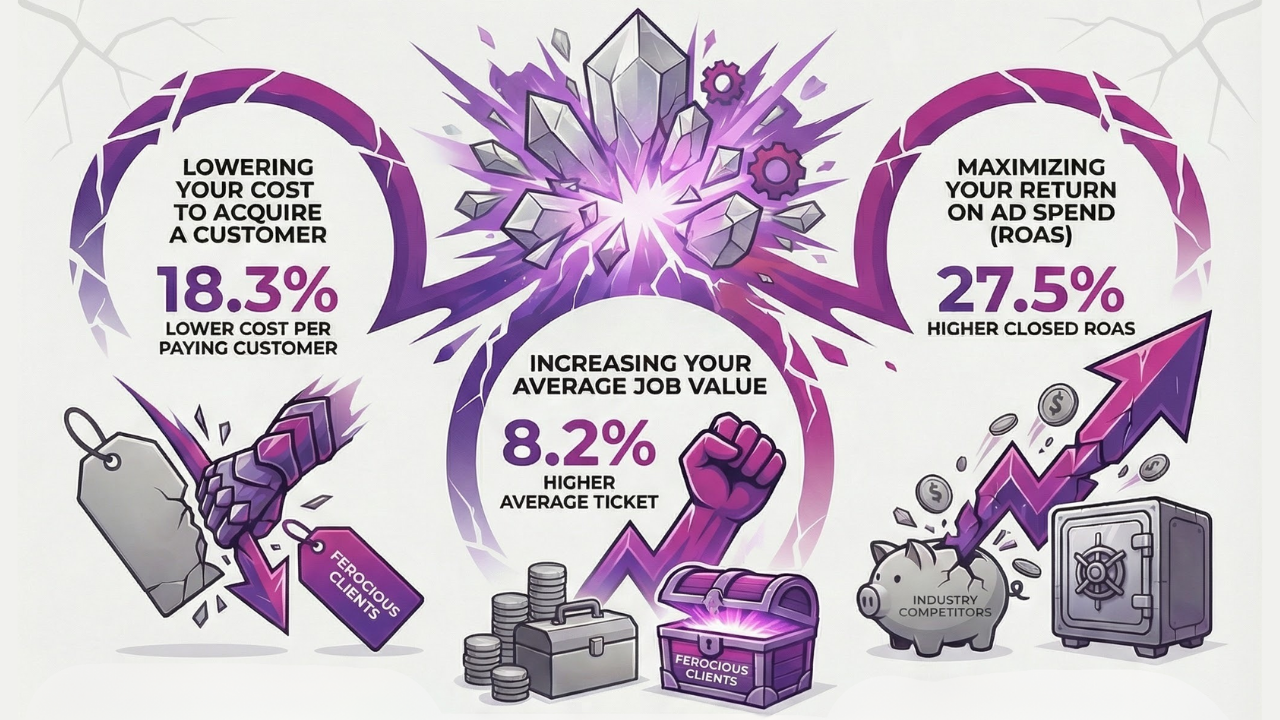
Unleashing Ferocious Results: Our Q4 2025 Advertising Performance

Twenty Years of Ferocious Media: A Founder Q&A on Staying Relevant, Efficient, and Accountable
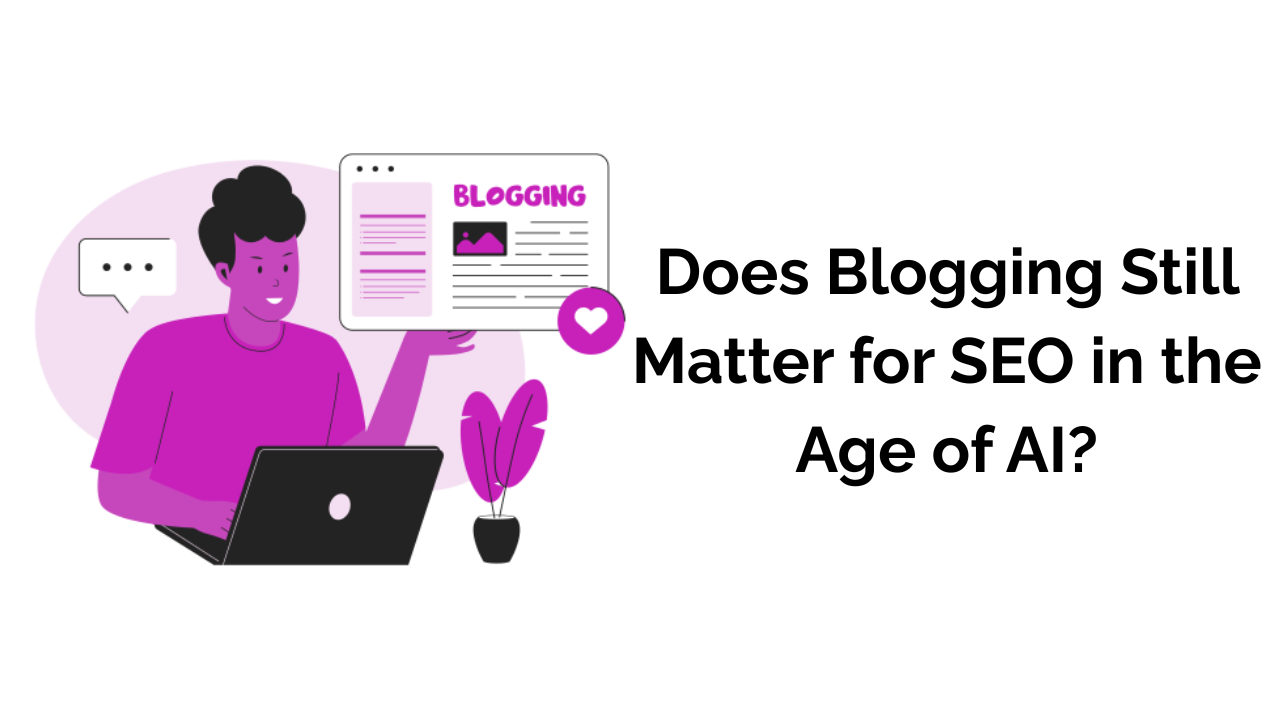
Does Blogging Still Matter for SEO in the Age of AI?
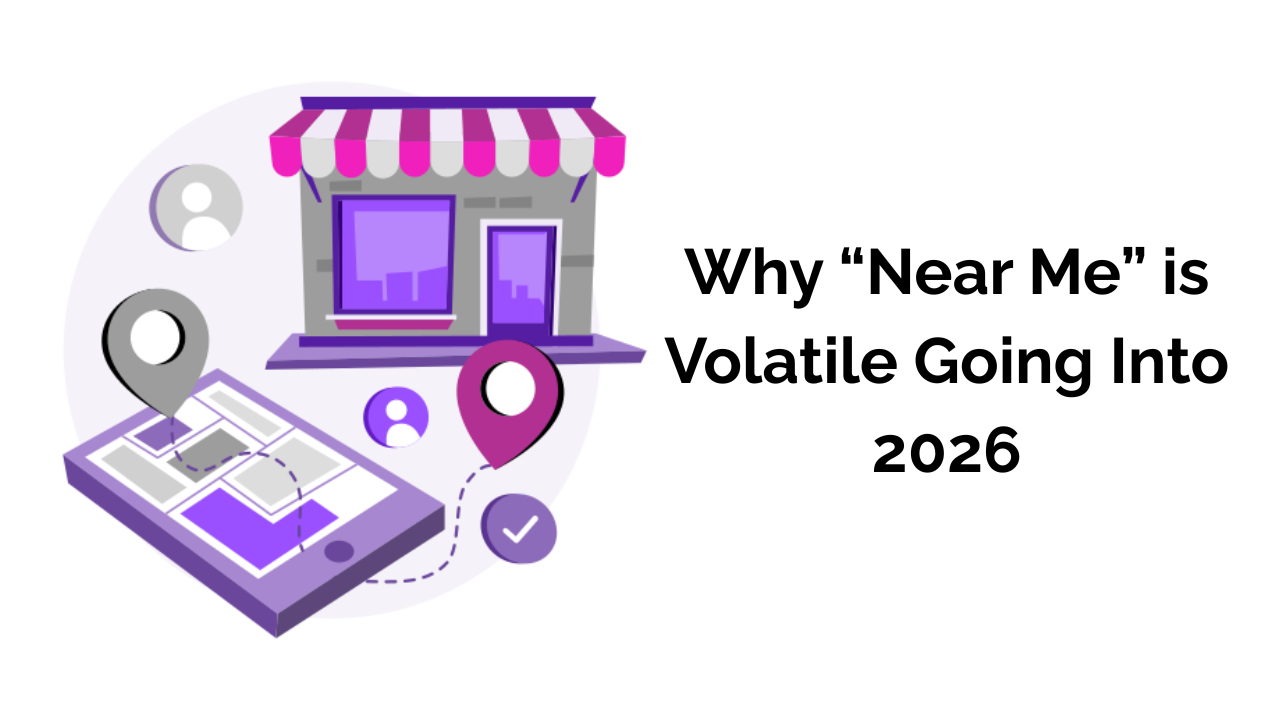
GBP Radius Tightening: Why “Near Me” is Volatile Going Into 2026
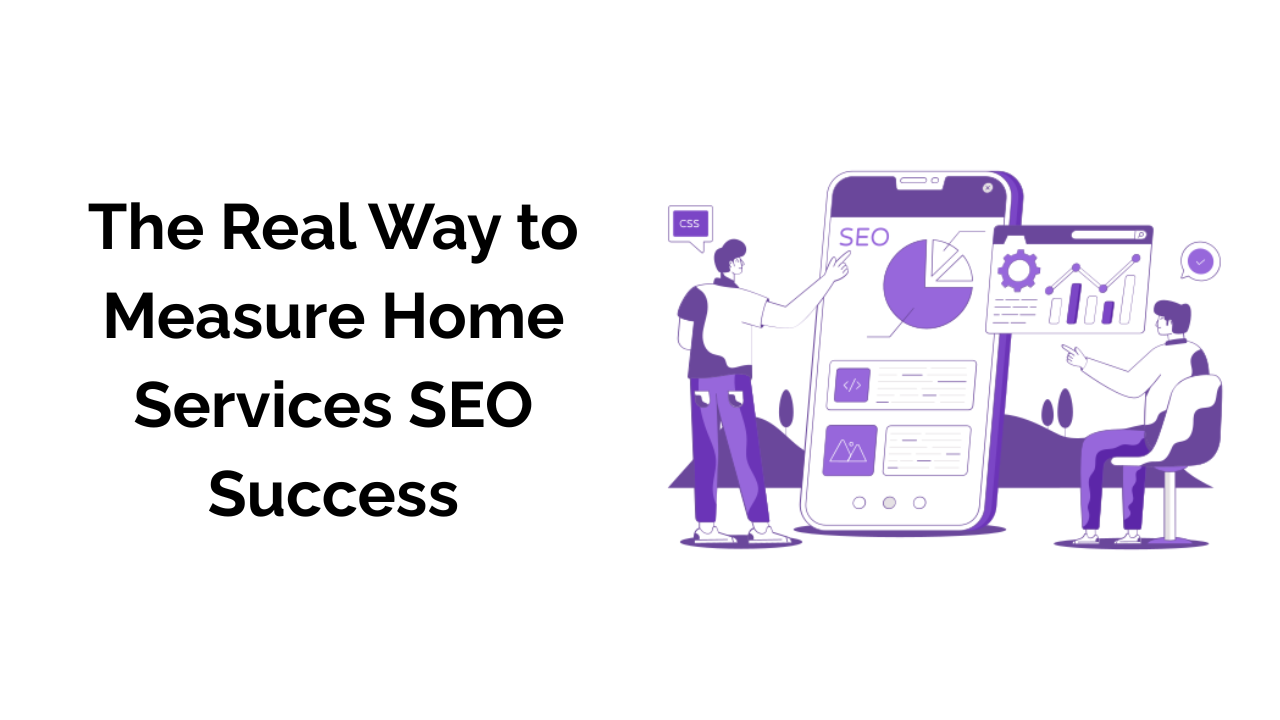
The Real Way to Measure Home Services SEO Success (Beyond Rankings)

Seasonal Strategy: Winter HVAC + Holiday Slowdowns
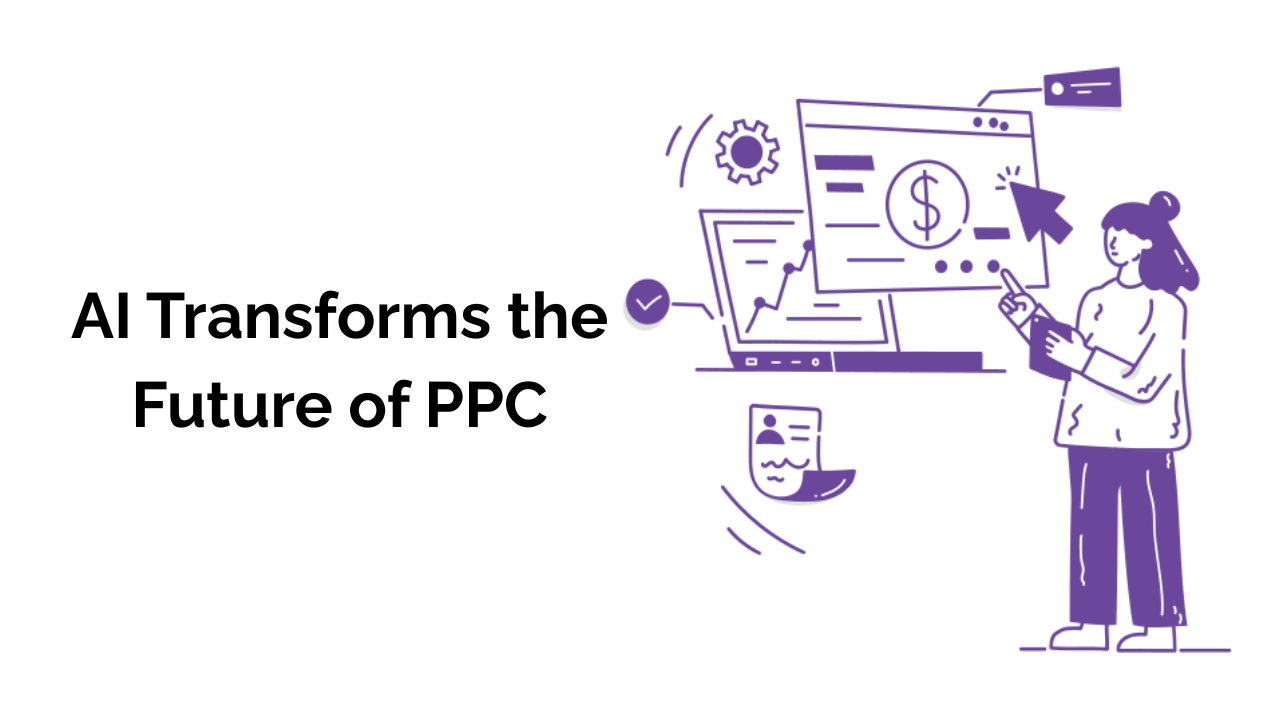
How AI-Driven Automation Is Redefining PPC in 2026
Ready for success?
Take the first step toward accelerating your business growth today!

